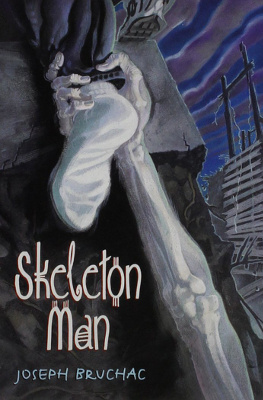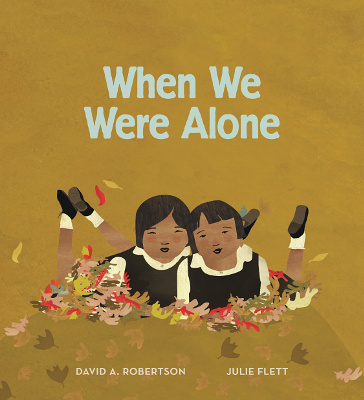Genre: Superhero / Film
Main Creative Team: Patty Jenkins (director); Allan Heinberg (screenplay); Zack Snyder (story, producer); Jason Fuchs (story); Charles Roven (producer); Deborah Snyder (producer); Richard Suckle (producer)
Main Cast: Gal Gadot; Chris Pine; Ewen Bremner; Saïd Taghmaoui; Eugene Brave Rock; Lucy Davis; Robin Wright; Connie Nielsen; Danny Huston; David Thewlis; Elena Anaya
First Shown: 15th May, 2017
Available: Cinemas
When a man arrives on the island with tales of a great war, Diana (Gal Gadot) believes it is caused by Ares and heads out to find him.
This film presents a much more innocent Diana. She’s grown up among the Amazons and only knows about the world outside from stories. She thinks stopping World War I will be as simple as killing Ares. Steve (Chris Pine), the man who landed on the island, knows the situation is a lot more complicated. He has information to get back to London about a new chemical weapon, which could threaten ongoing peace negotiations.
A lot of superhero films focus on heroes learning to harness their powers as the primary thing. Diana starts out ready trained. The focus is on her learning how to direct that training and work with others. This was a side of the plot I liked, as it gets away from having to believe someone goes from nothing to being able to save the world in a few days. There’s some subversion of the idea that defeating the big bad makes all the problems go away, but it doesn’t really commit to that completely. I thought it might be about to go there, and then it doesn’t, which is a shame. It’s possible to have dramatic finales and make it clear that life is a little more complicated.
Diana and Steve end up with a small team, with the purpose of infiltrating enemy lines. I generally enjoyed the team dynamics and how the representation was tackled. Starting with Diana herself, she’s played by a Jewish Israeli actress, which is a departure from previous Wonder Woman castings. This also meant other Amazons have similar accents to match, rather than having American accents.
Charlie (Ewen Bremner) is a Scottish sniper. It becomes clear that he has PTSD, which is treated sensitively by those around him. This is particularly poignant because mental health wasn’t an area where the military did well. It was poorly understood, and things like freezing in battle were likely to be attributed to cowardice, rather than trauma. So it’s important that Charlie’s trauma was accepted and understood by those around him.
Sameer (Saïd Taghmaoui) is French Moroccan. There’s a nod here to racism, as Sameer says he wanted to be an actor, but was the wrong colour. He does stray into some stereotypes, such as being lecherous. Though at times it’s also clear he’s playing up stereotypes knowingly. His name was shortened to Sammy, which was a slur against Indian people at the time, so that stood out a bit in a way I don’t think the creators realised.
Chief (Eugene Brave Rock) is Blackfoot and initially speaks to Diana in Blackfoot. He is dressed sensibly and speaks fluent English (which is a low bar, but one a lot of media doesn’t get over). He tells Diana about colonialism, making it clear it was Steve’s people who did that. The thing I didn’t like was a brief moment, but it still stood out. At one point, Chief needs to signal them, so he sets a fire for stereotypical smoke signals. They’re separated into little rings like it’s a cartoon, because a regular smoky fire just wouldn’t do, I suppose.
Last but not least, the team have a coordinator back in London: Etta Candy (Lucy Davis). She’s a great character, but I felt she was underused. When Diana first arrives in London, Etta is there to help out, and has some funny moments and some resourceful ones when she realises something isn’t quite right. She does her coordinator thing, passing on valuable information. But I really would have liked more in the later part of the story. Etta and Diana are shown together in the aftermath, but they don’t have a conversation, which was a missed opportunity to show their relationship developing. Also notable is that Etta is fat, as she is in the comics.
Though I liked most things about the main team, I had criticisms when it came to some of the other casting and presentation, including the crowd scenes. Modern warfare meant a lot of injuries like amputation and disfigurement. People were getting body parts blown off and mangled in ways that hadn’t really happened on that scale before. This meant there were suddenly a lot of newly disabled people. The film shows them when it’s convenient for the plot. Diana sees returning veterans with their injuries, which is part of her realising the full horror of this war. But it doesn’t show them where it would be realistic, which is every crowd scene in London. The people who returned disabled didn’t just vanish, so there would have been a much higher ratio of disabled people than there is in London today.
This also relates to the issue with Doctor Poison (Elena Anaya). She has facial disfigurement, which is covered with a prosthetic. There’s a history of using facial scars and disfigurement to mark someone as a villain. Covering injuries with masks or prosthetics is linked to hiding things, rather than showing them as improving the quality of life for the person wearing them. Nothing about Doctor Poison’s portrayal challenges those stereotypes, and there aren’t people with similar injuries in other roles. It’s especially noticeable to do this in a WWI setting, because there were so many people who had that sort of injury.
Outside of that issue, Doctor Poison really could have used more development. She had the potential to be an interesting villain, but she was overshadowed by General Ludendorff (Danny Huston). This was a bit of a reoccurring thing with women who weren’t Wonder Woman, as they didn’t get as much time and development as the men.
There are some non-white women with speaking roles among the Amazons, but they don’t have major parts, and weren’t a big component of the Amazon crowd scenes. The Amazons also tended towards slim athletic builds. I’d have liked more variety here. They recruited athletes and the like for these roles, but it’s clear there was a bias in which sort of athletes were approached. I did like that there was an age range, with Hippolyta (Connie Nielsen) and Antiope (Robin Wright) being played by women in their 50s.
My criticisms don’t mean it was a bad film. It was a good superhero story and a vast improvement on DC’s previous attempts. There are good aspects of representation, starting with this being one of the minority of superhero films with a woman as the lead. But it doesn’t mean there aren’t areas that could use improvement. I’d hope some of these are considered for future films in this universe.
 Series: Skeleton Man, #1
Series: Skeleton Man, #1 First Published: 1st March, 2017
First Published: 1st March, 2017 First Published: 24th August, 2016
First Published: 24th August, 2016 First Published: 12th February, 2016
First Published: 12th February, 2016